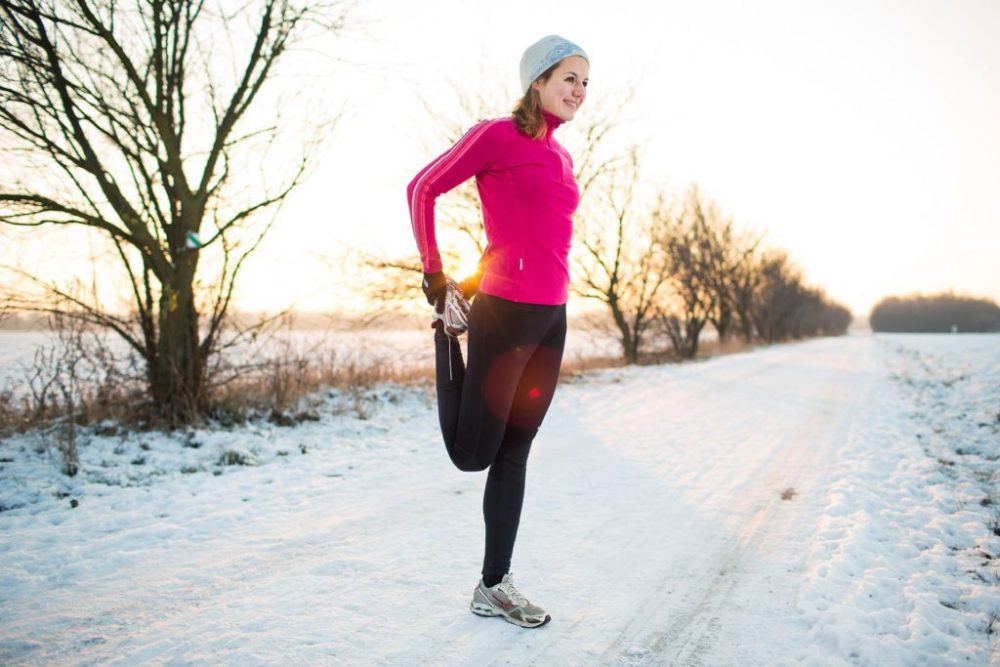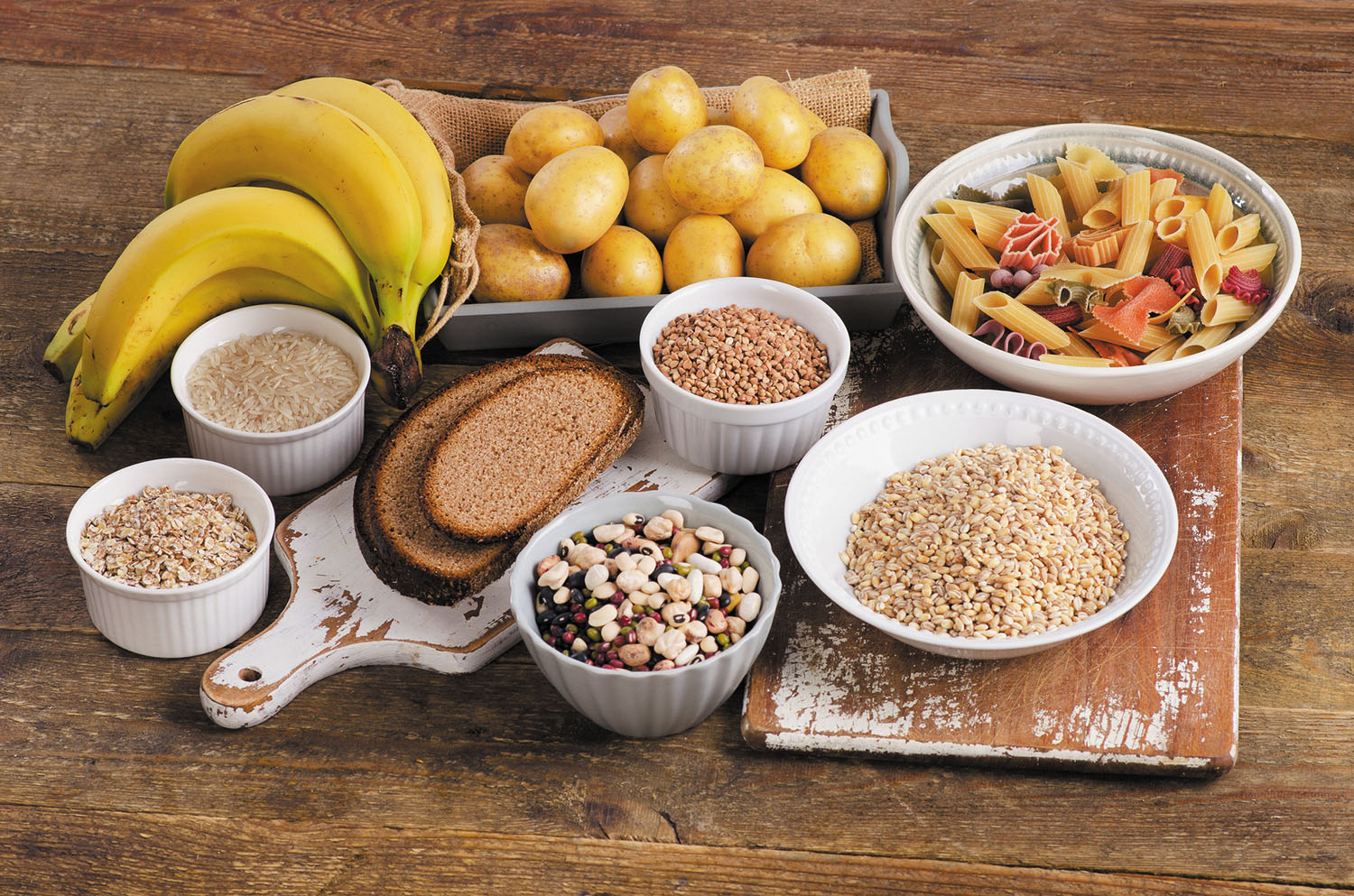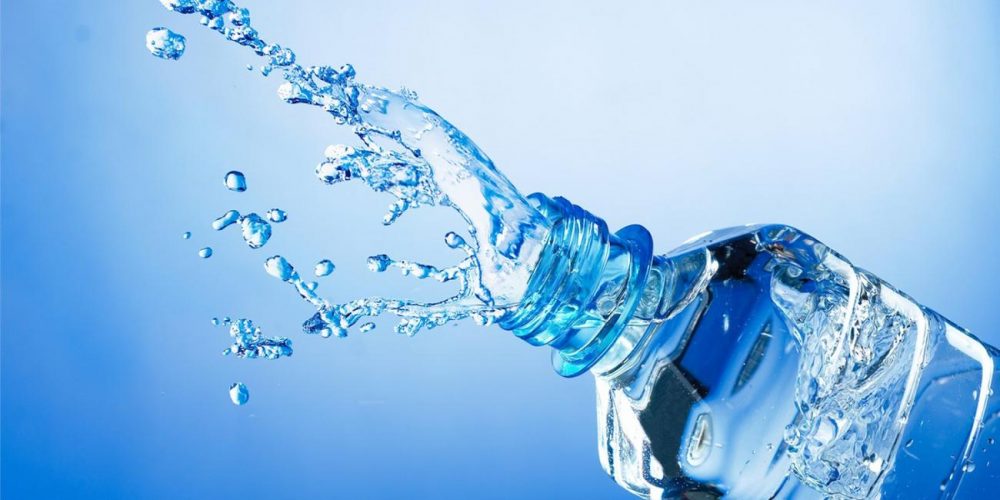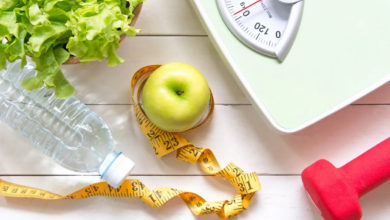by Dana Ryan, Ph.D., MA, MBA
Director, Sports Performance, Nutrition and Education, Herbalife Nutrition
If you’re committed to your fitness routine, it doesn’t slow down when winter rolls around. To live a healthy lifestyle not only is it important to stay on track, but millions of Americans also enjoy participating in winter sports and activities each year such as skiing, snowboarding, figure skating, ice hockey, snowshoeing, and sledding, to name a few. Winter sports are some of the most exhilarating ways to boost your metabolism, enhance cardiovascular health, strengthen muscles, and reduce mental stress. They also help us naturally absorb more vitamin D, by getting us outside, benefitting our bones and muscles. While these sports keep us active and healthy during the cold winter months, colder temperatures lead to increased energy expenditure and fluid loss, requiring us to maintain proper nutrition and hydration for optimal performance.
When we exercise in the cold, our core body temperature tends to drop and is harder to regulate. Even at rest, our bodies need to work harder to maintain our core temperature and to humidify the air we breathe. Plus, it is generally more difficult to move around in extra layers of clothing, not to mention navigating icy, wintery conditions. As the weather deteriorates, wind chill comes into play – being wet, either through rain or sweat, exacerbates heat loss further. All of this requires more of our energy. In fact, according to the American Sports & Fitness Association, athletes who exercise in the cold are burning approximately thirty percent more calories when compared to exercise performed in warmer temperatures and burning through carbohydrate stores more quickly. This is where nutrition comes into play. Incorporating more calories with a focus on adequate carbohydrates, which help us refuel quickly, is vital for optimal workout performance and feeling your best during exercise.

Exercising in cold weather not only burns through our carbohydrate stores faster than warm weather exercises, but it also increases the loss of fluids. This can be attributed to decreased thirst response and drier air. Since we’re not visually sweating as we would in hot and humid conditions, it’s easy to forget drinking fluids. When participating in a sport like skiing, hydrating can be more challenging as fluids are not readily accessible. And, if available, cold drinks can be less appealing in frigid temperatures. Plus, the cold, dry air leads to greater respiratory water loss as well as increased urinary output further increasing the risk of dehydration.
For optimal health and performance when partaking in winter sports, the foods we eat, when we eat them, and adequate hydration are all crucial.
Here are some basic tips on what to eat and how to ensure you’re getting enough fluids throughout your day on the slopes, rink, or trails.
Dress appropriately for cold weather.
Choosing the proper attire for your sport is essential for helping maintain proper hydration. Be sure to select moisture-wicking fabrics to remove sweat and keep your skin dry. Also, be sure to remove extra layers of clothing as your body heat builds up.
Don’t underestimate carbohydrates.

Nutrition to prepare for cold temperatures includes consistently consuming adequate carbohydrates throughout your training. Include carbohydrates at meals, snacks, and before, during, and after exercise as well. These can include fruits and vegetables, nuts, seeds, wholegrain breads, and cereal such as oatmeal, and low-fat dairy foods like milk and yogurt. Eating both before and after workouts is essential for feeling your best during the workout and achieving improved performance.
Make time for snack time.
Between thirty and sixty minutes before training is the time to eat a snack. This snack should be carbohydrate-rich to top off muscle glycogen stores and may include a small amount of protein. Protein helps build and repair muscle tissue, and adequate protein before exercise may help reduce post-exercise soreness. Incorporate one or two more snacks throughout the day to help maintain your energy levels.
Hydrate, hydrate, hydrate!

While it may be challenging to access fluids while you’re on the slopes, it’s imperative to stay hydrated in the winter to help keep the body warm and prevent fatigue. It is advisable to stay hydrated by drinking water throughout your workout. However, sports drinks can be a great tool for exercising in the cold as they maintain hydration through electrolytes (that you lose when you sweat) and provide carbohydrates to support your top performance. A good option is Herbalife24® CR7 Drive, formulated with 320mg of vital electrolytes to enhance hydration, brain-fueling glucose, and an easy-to-digest carbohydrate blend to help fuel your active lifestyle.
Participating in winter sports has many benefits for our bodies. You can burn fat, sculpt muscle, and enhance your general mental and physical well-being when you spend more time in nature during the winter. However, to stay healthy and perform at your best during your winter workouts, it’s crucial to choose the right nutrition and stay hydrated throughout your time training.
For more helpful tips visit IamHerbalifeNutrition.com where you can find helpful articles related to exercise, proper nutrition, and recipes.
Disclaimer
The Content is not intended to be a substitute for professional medical advice, diagnosis, or treatment. Always seek the advice of your physician or other qualified health provider with any questions you may have regarding a medical condition.










